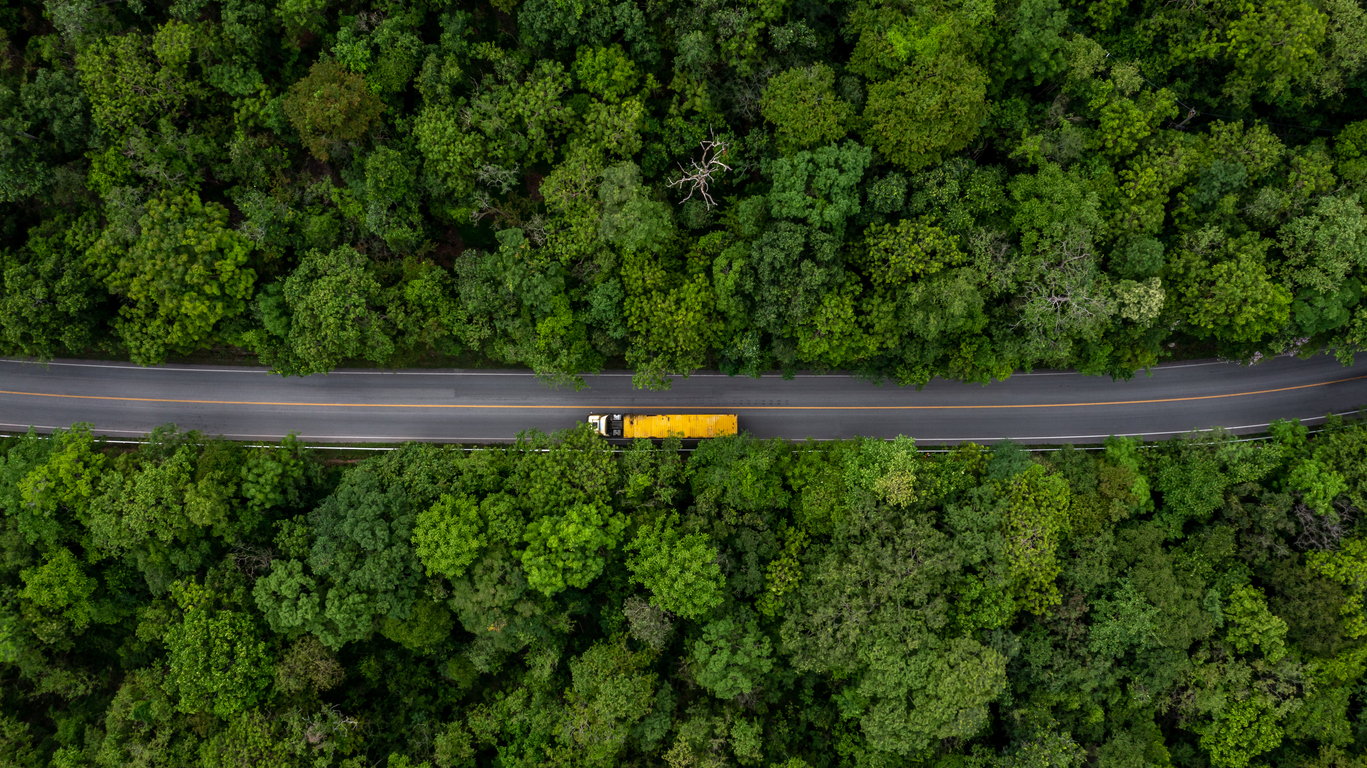Trucking Insurance Claims Process: Navigating Settlements Efficiently
Trucking insurance claims can be a complex process for both the company and the driver. When a truck is involved in an accident, it's essential that the incident is reported promptly to the insurance provider. This helps ensure that all the necessary information is gathered, and the claims process can commence without delay. Accurate and thorough documentation at this stage is crucial, as it can significantly affect the outcome of the claim.
The next step involves an evaluation by the insurance company's claim adjuster. They assess the damage to the vehicles and any other property, review the police report, and interview any witnesses to determine the extent of the insurance company's liability. Understanding the role of the claims adjuster is key, as their findings can inform the resolution of the claim.
Throughout the entire process, clear communication between the truck driver, the insurance company, and any other involved parties is vital. It minimizes misunderstandings and expedites the resolution of the claim, allowing the trucking company to potentially reduce downtime and losses. Each step of the process is subject to varying laws and regulations, depending on the jurisdiction, which the insurance company must navigate expertly.
Understanding Trucking Insurance Claims
Navigating trucking insurance claims requires a detailed understanding of coverage types and the process of determining liability. These claims are complex, often involving multiple parties and significant financial consequences.
Types of Trucking Insurance Coverage
Trucking insurance covers a range of liabilities to protect against the high costs of accidents and damages. Notable coverage types include:
- Primary Liability: Mandatory for all truckers, covering injuries or damage to other vehicles.
- Physical Damage: Covers repairs or replacement of the truck.
- Motor Truck Cargo: Protects the freight from damage or theft.
- Non-Trucking Liability: Provides coverage when the truck is not under dispatch.
- Trailer Interchange: Coverage for non-owned trailers being used under a trailer interchange agreement.
Different policies are tailored for specific risks associated with commercial truck operations.
Determining Liability in Claims
Determining liability is a critical step in the insurance claims process. It involves:
- Accident Investigation: Collecting evidence, interviewing witnesses, and analyzing accident reports.
- Assessment of Damages: Reviewing repair estimates and determining the extent of physical or cargo damage.
- Review of Policy Coverage: Matching the accident details with the insurance policy to verify covered liabilities.
- Fault Determination: Establishing which party is legally responsible for the accident.
Insurance companies employ adjusters and legal professionals to scrutinize these aspects and attribute fault accurately. Fault determination affects the outcome of the claim and the financial responsibilities of the involved parties.
Navigating the Claims Process
The claims process in trucking insurance requires careful documentation, a thorough investigation, and a clear path to settlement.
Claim Reporting and Documentation
After a trucking incident, the insured must promptly report the claim to their insurance company. Documentation is crucial and should include:
- The official accident report from authorities
- Photos of the incident scene and damages
- Witness statements, if available
- Bills and repair estimates
A detailed log should be maintained, documenting communications with the insurance company and any other parties involved in the process.
Investigation and Assessment
Once a claim is reported, the insurance company will carry out an investigation. This involves:
- Assignment of a claims adjuster
- Review of documentation provided
- Physical inspection of damages, if necessary
- Interviews with all parties involved to determine liability and claim value
The process requires the insured's cooperation to provide access and information promptly.
Claim Settlement and Resolution
The final phase is the settlement and resolution. In this stage:
- The insurance adjuster presents a settlement offer based on their assessment.
- The insured can either accept the settlement or negotiate if it's deemed insufficient.
Resolution is achieved when both parties agree on the compensation amount and any necessary repairs or replacements are underway.












